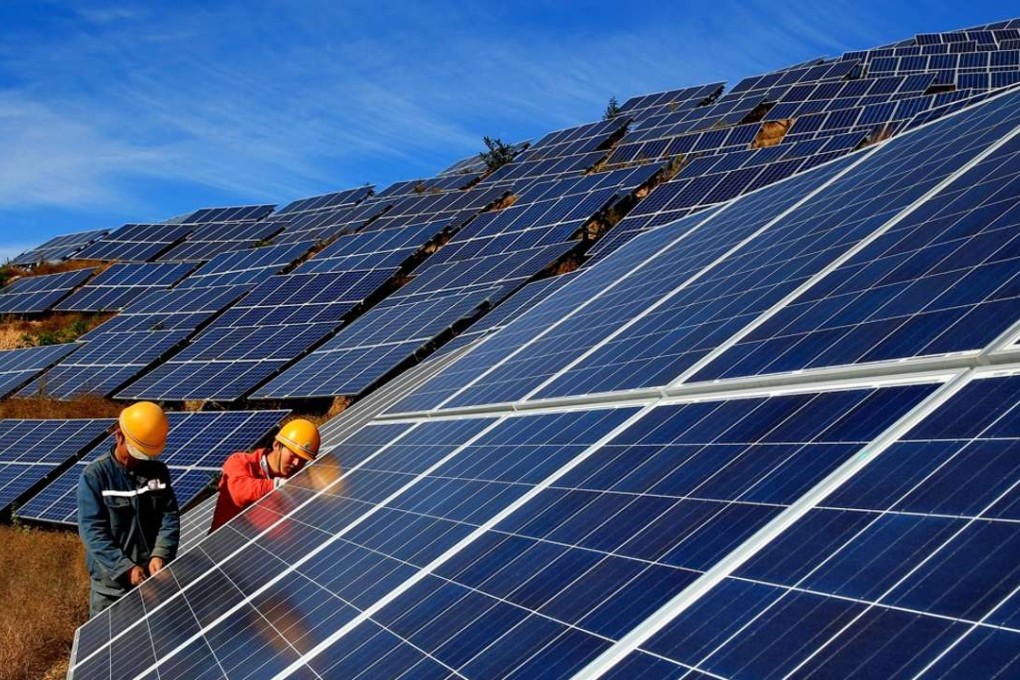Trina Solar seeks China flotation after New York delisting
‘Why? Because we are a leading enterprise with a global strategy and [funding] needs for development,’ says chairman Gao Jifan

Trina Solar, the world’s largest maker of solar panels, will seek to go public in its home country after its privatisation and delisting from the New York stock exchange is completed, according to its chairman.
The Changzhou, Jiangsu province-based firm will also pursue further overseas expansion in both panels manufacturing and solar farms development.
“We will certainly go public again and our preference is to list in a China market,” chairman Gao Jifan said in an interview on the sidelines of the Boao Forum for Asia on Thursday, in Hainan province.
“Why? Because we are a leading enterprise with a global strategy and [funding] needs for development.”
He said the board has not made a decision whether to list in Shanghai, Shenzhen or Hong Kong, but a mainland China listing is “better in principal.” He would not give a possible listing time frame.
Neither would he say if Trina would pursue a reverse takeover to realise its listing plan. A long queue of applicants currently waiting means it may take years to launch an initial public offering in the mainland.